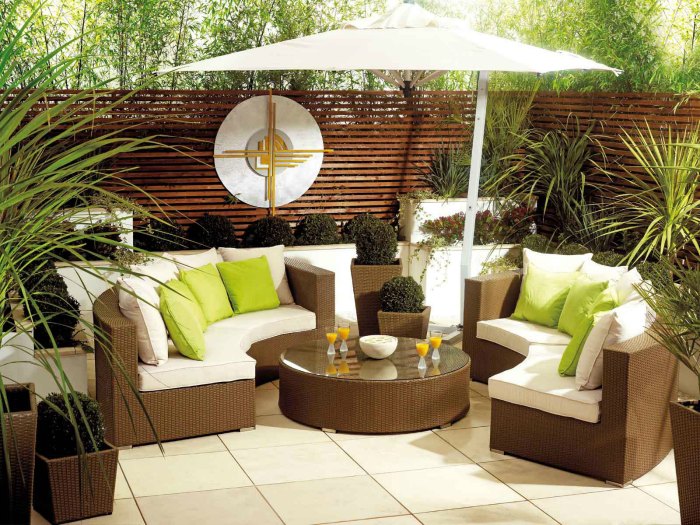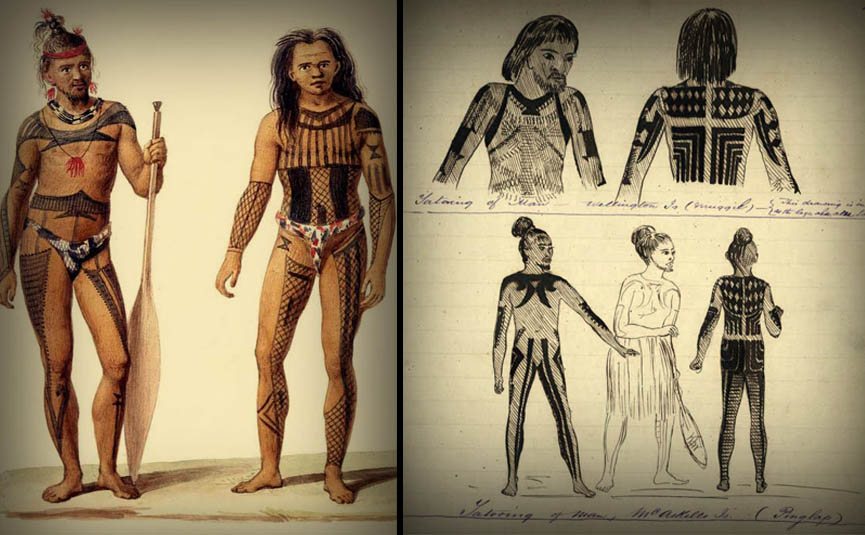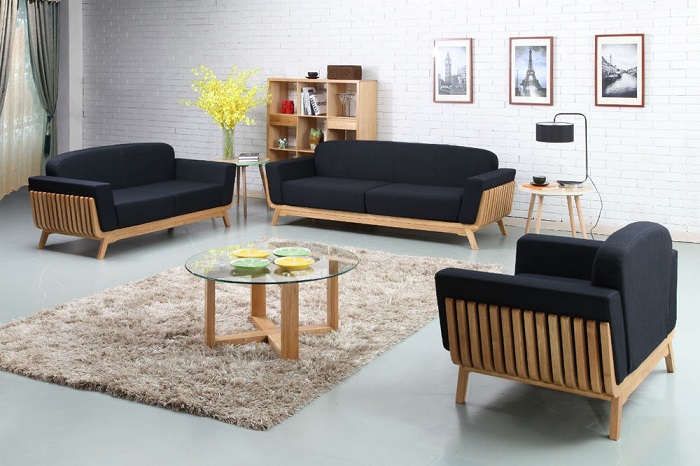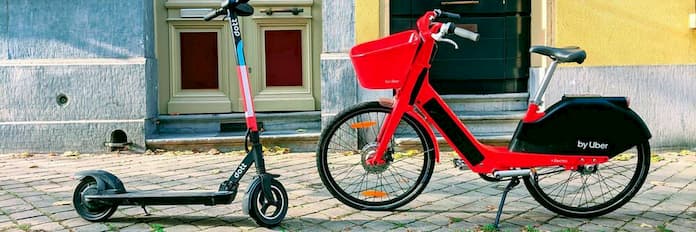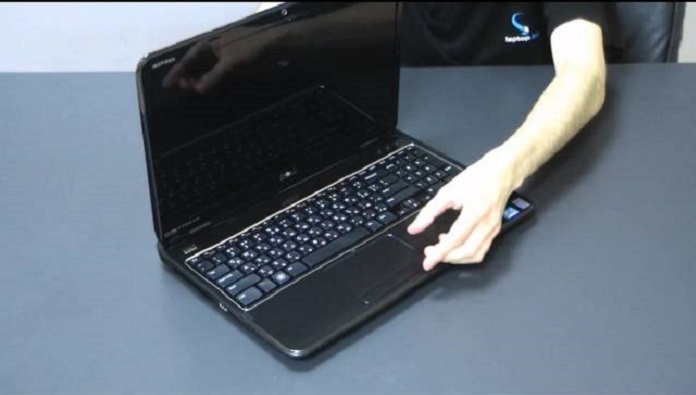Gas Tungsten Arc Welding (GTAW), or more commonly known as TIG (from Tungsten Inert Gas) is an arc welding process that uses a non-consumable tungsten electrode to produce a weld. This can be done with or without filler material. To shield the weld from external contaminants, an inert shielding gas, such as argon or helium, is also used.
TIG welding produces strong, spatter-free, and neat welds, especially in metals with high melting points. It is preferred in thinner sheets of carbon and alloyed stainless steel, nickel, aluminium and aluminium alloys, copper, titanium, magnesium, and other non-ferrous metals. It also offers unparalleled control and precision. TIG welds are found in the automotive, aerospace and aviation industries, in pipeline and pipe maintenance, precision welds in high-end bicycles, in sheet fabrication, the tooling and machining industries, stainless and aluminium products in the food and beverage industry, general repair work and so much more.
Tungsten Electrodes

TIG welding differs from other welding processes, particularly MIG welding, in that the electrode is non-consumable and doesn’t form part of the weld. Tungsten electrodes conduct the current from the welding machine and are enveloped by an inert gas exiting a gas cup. This prevents oxidation of the weld pool.
Choosing TIG tungstens largely depends on which metals are being welded. Workpiece thickness and welding polarity (AC for aluminium and some non-ferrous metals, and DC for most others) are also major factors. The right choice will provide for cleaner and stronger welds that are achieved with minimal effort and time.
Tungsten electrodes can be pure tungsten or have traces of different oxides. The oxides used are thorium, lanthanum, zirconium, and cerium. They are colour-coded to make matters simpler.
Thoriated TIG Tungsten Electrodes

Electrodes with thorium oxide help to stabilise the arc and reduce contamination. Yellow-coloured electrodes have 0.8-1.2 per cent thorium oxide and are used mainly for carbon steel. Red-tipped electrodes, with 1.7-2.2 per cent oxide are good for titanium, nickel and copper alloys, and non-corroding steel alloys. The increased amount of thorium oxide helps with longevity and allows the electrode to have a higher melting temperature, meaning more consistency in the arc. Thoriated electrodes are commonly used with DC. Caution needs to be taken as thorium is radioactive.
Ceriated TIG Tungsten Electrodes
These contain 1.8-2.2 Cerium oxide, help with higher temperatures and arc stability, and can be used with DC or AC. Electrodes are grey-tipped and used primarily in welding magnesium, steel alloys, titanium, nickel, and copper alloys like bronze and brass. They’re also safe to use, unlike thoriated electrodes.
Lanthanated Electrodes
These TIG tungstens are recognisable by their black, gold or blue tips and contain (0.8 -1.2%), (1.2-1,7%) and (1.8-2,2%) lanthanum oxide, respectively. They start and maintain an arc easily and can be used with either direct polarity DC or AC. These too are safe non-radioactive electrodes. Black lanthanide electrodes are a good substitute for ceriated tungstens, and gold for red-tipped radioactive thoriated electrodes.
Zirconiated Tungsten Electrodes
These tungstens are coloured brown or white, used mainly with AC and where there’s the likelihood of weld pool contamination. In addition, oxides help arc stability and higher amperages, as well as minimise weld spatter. Zirconium oxide mass varies from 0.15 to 0.9 per cent. They are ideally used in welding aluminium and magnesium.
Pure Tungsten
Coloured green, pure tungsten electrodes are free of oxides and used mainly for lighter AC applications for welding aluminium and magnesium. They can’t maintain arcs or higher amperages like other TIG tungstens, nor have optimal protection from contamination. And this is reflected in their price, being the cheapest.
There are also tungsten electrodes with rare-earth metallic oxides. They are coloured pink or purple and are often used as substitutes for thoriated electrodes in welding steel and steel alloys with AC.
Tungsten Electrode Finishes

Once you’ve selected your electrode, it needs to be sharpened and shaped to the right finish. This impacts the ease with which the arc starts, the depth of penetration in the weld pool, the stability and shape of the arc, and electrode longevity. DC straight polarity (DCEN) requires pointed edges for a quick startup when welding steel and steel alloys, and AC, an electrode brought to a ball end finish when welding aluminium with pure or zirconiated tungsten.
Tungsten Electrode Diameters
Tungsten electrodes also need to be sourced in the right thickness. Diameters are 0.8mm, 1mm, 1.6mm, 2.4mm, 3.2mm and 4mm. Generally, the thicker the workpiece, the thicker the electrode needs to be to cope with the intensity of higher amperages. This allows for a stable arc and correct weld penetration.
Other Factors to Consider
Once you’ve selected, shaped and sized your TIG tungsten, it’s time to fit it into the torch collet and collet body. The collet needs to be the same width as the electrode. The collet body is then attached to the torch head and a ceramic cup, tasked with directing the flow of the inert gas, is affixed to the front of the torch. If the torch has a gas lens instead of a collet body, then it also requires a gas lens cup. These help in containing the spread of the inert gases in tighter welds. The electrode shouldn’t stick out further than the overall width of the cup. Now that you have your electrode set, tighten the back cap, and your TIG torch is ready.






